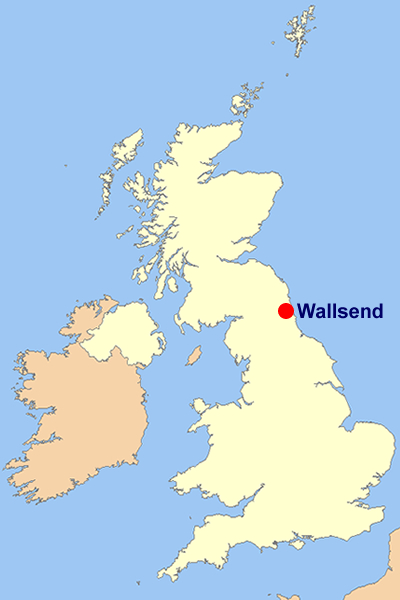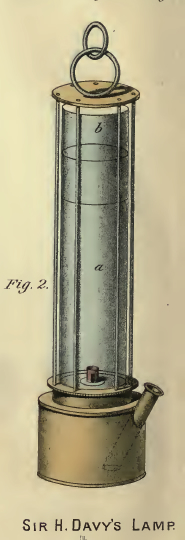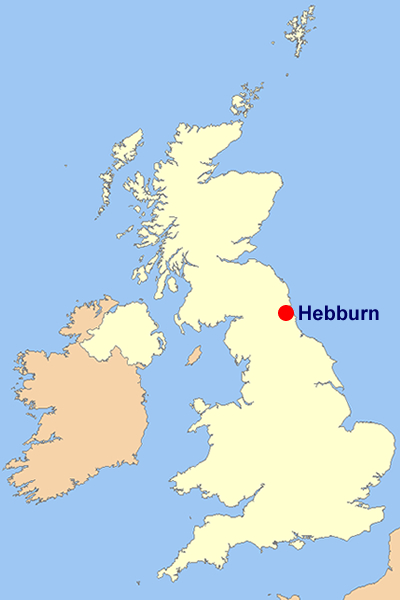On 24 August 1815, Davy visited Wallsend Colliery, in the north-east of England.

After talking with the manager of the colliery about the nature and cause of explosions in mines, Davy said ‘Do not despair, I think I can do something for you in a very short time’.
He went back to the Royal Institution in London and began to do experiments in the laboratory on samples of fire-damp (the explosive gas that had killed many miners). A laboratory is a place where scientific experiments are carried out; it is full of the latest scientific equipment. Davy had samples of fire-damp sent from the mine to the laboratory in London, in sealed bottles.
On 30 October 1815, he wrote to John Hodgson (who had written the description of the Felling Colliery Disaster) describing some ideas he had had for an invention called a safety lamp. A safety lamp is a kind of lantern that can be used in mines where fire-damp is present; it lights up the mine, so the miners can see, but crucially it does not allow an explosion to happen. Safety lamps were much safer for the miners to use than candles were.
In December 1815, Davy came up with an even better safety lamp. Here is a picture of Davy’s improved safety lamp:

On 9 January 1816, some of Davy’s safety lamps were tested in the mine at Hebburn Colliery, in the north-east of England.

Some miners began to use Davy’s safety lamp when they went down into the mine to hew (cut) coal. Some mine owners were very pleased with Davy’s safety lamps. They said that Davy had shown ‘brilliant genius’ in inventing his safety lamp. The mine owners also said that Davy had their ‘profound respect and high admiration’. They gave Davy a present: some expensive silver plates. £2500 was donated by the mine owners to buy Davy’s present.
Click here to go to the next section
